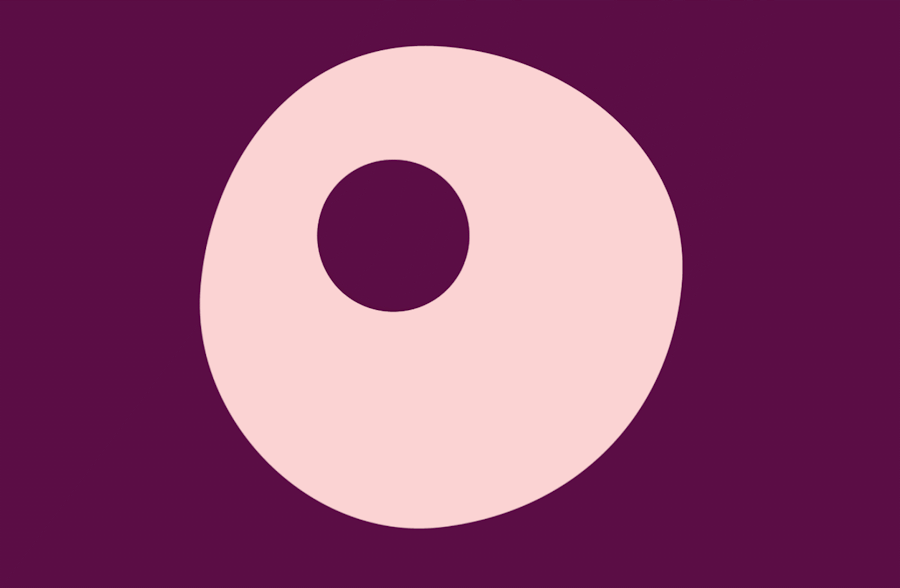What is PMS?
The meaning of PMS
PMS stands for premenstrual syndrome. Premenstrual refers to the period of time leading up to menstruation, and syndrome is a collection of symptoms which often occur together. So PMS means the symptoms we get in the lead up to our period. As a condition, PMS is fairly broad, and since we are all different, many women experience premenstrual syndrome in a different way.
What are the symptoms of PMS?
Everyone is different and PMS symptoms can vary vastly from woman to woman. They can be both emotional and/or physical, but some common symptoms include:
Mood swings - rapid emotional changes that seem to happen quickly and perhaps more frequently than during other points in the cycle.
Feelings of anxiety, upset or irritability - feeling low or easily annoyed is a commonly associated symptom of PMS.
Insomnia or tiredness - it’s normal to have difficulty sleeping or to feel more lethargic than usual.
Bloating/stomach pain - feeling discomfort in the abdomen, experiencing pain, and feeling swollen or heavier than usual is another common symptom of PMS.
Tender breasts - many women report feeling more sensitivity or experience pain in their breasts in the days before their period begins.
Headache - a sore head can accompany PMS, some women also experience migraine headaches that are linked to the change in hormones that happens during this point in the cycle.
Spotty skin or greasy hair - skin and the menstrual cycle are linked, many women experience breakouts as part of PMS, and you might also notice your hair is more greasy or limp in the lead up to your period.
Changes in appetite - whether it’s particular cravings, or feeling more or less hungry than usual, many of us report changes in appetite as a PMS symptom.
Increased/decreased sex drive - changes to libido are another common symptom of PMS that’s caused by the shift in hormones that happen before your period arrives.
Why do you get PMS?
We are not 100% sure why we experience PMS, but mostly, it’s thought to be caused by shifting hormone levels at the end of the cycle. At the start of a new cycle – hormone levels change again, so your PMS symptoms may start to subside around the time your period arrives. PMS is a natural part of the menstrual cycle and is simply our bodies responding to hormonal changes.
For some of us, PMS is more debilitating and there is a very extreme form of PMS called PMDD (premenstrual dysphoric disorder). If you find your PMS symptoms are interfering with your everyday life, you should speak to a healthcare professional.
Ways to manage PMS
Exercising, reducing stress, eating healthily, and getting plenty of sleep are all recommended to minimize the symptoms of PMS. Tracking your cycle is also a great way to also keep track of and manage PMS symptoms. With Natural Cycles you can easily track your cycle on your phone. The intelligent app learns your unique cycle and can even send you PMS alerts so you’re always prepared and never caught unawares. You can also now track pain, emotion and more symptoms in the app so you can detect patterns in your PMS from cycle to cycle.
Understanding your body and being able to anticipate the changes which bring PMS is a great first step to managing your symptoms and understanding ‘what is PMS?’. The more you learn about your body, the better you can tailor your routine to fit your needs. Check out our post on how hormones can affect your skin or read up on the best time to take a self-breast exam for more info on how your body changes throughout your menstrual cycle.
Birth control for PMS
For some women hormonal birth control can help relieve the symptoms of PMS, because it changes the hormone levels in the body, and menstruation simply doesn’t happen on hormonal birth control. Those who are particularly sensitive to hormones might experience PMS-like symptoms on hormonal birth control. For those women, a non-hormonal birth control method might be a better fit and can still help manage the symptoms of PMS.
Natural Cycles is a hormone-free method, delivered in the form of an app. Unlike conventional period trackers, Natural Cycles goes one step further, using an algorithm to work out your ovulation, predicting it from cycle to cycle. As well as being able to either prevent or plan a pregnancy, the app has the unique side effect of teaching you about your body, so you know exactly when to expect your period, PMS and know exactly when you are fertile.
Did you enjoy reading this article?
